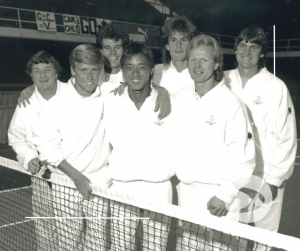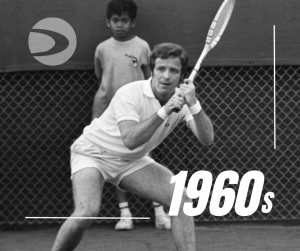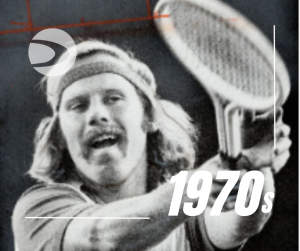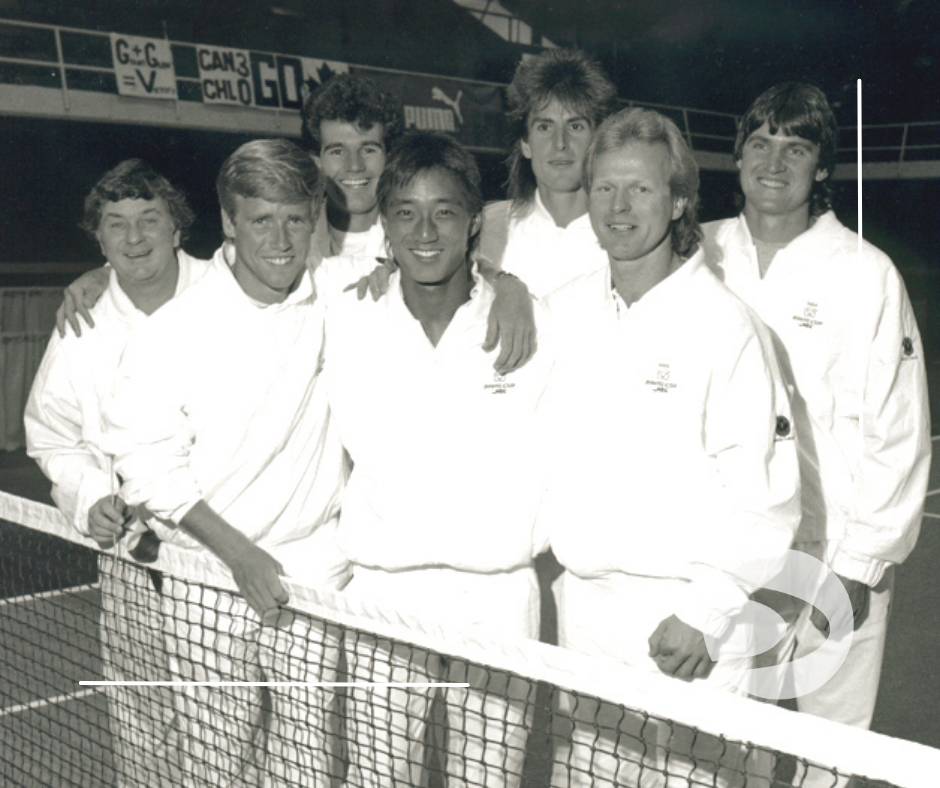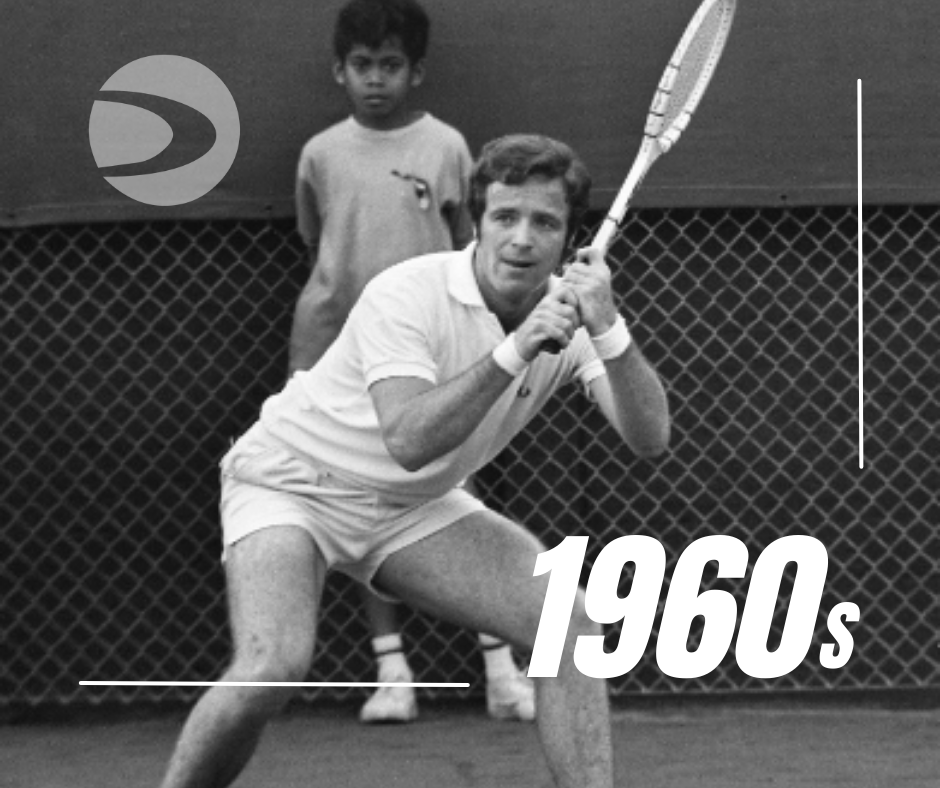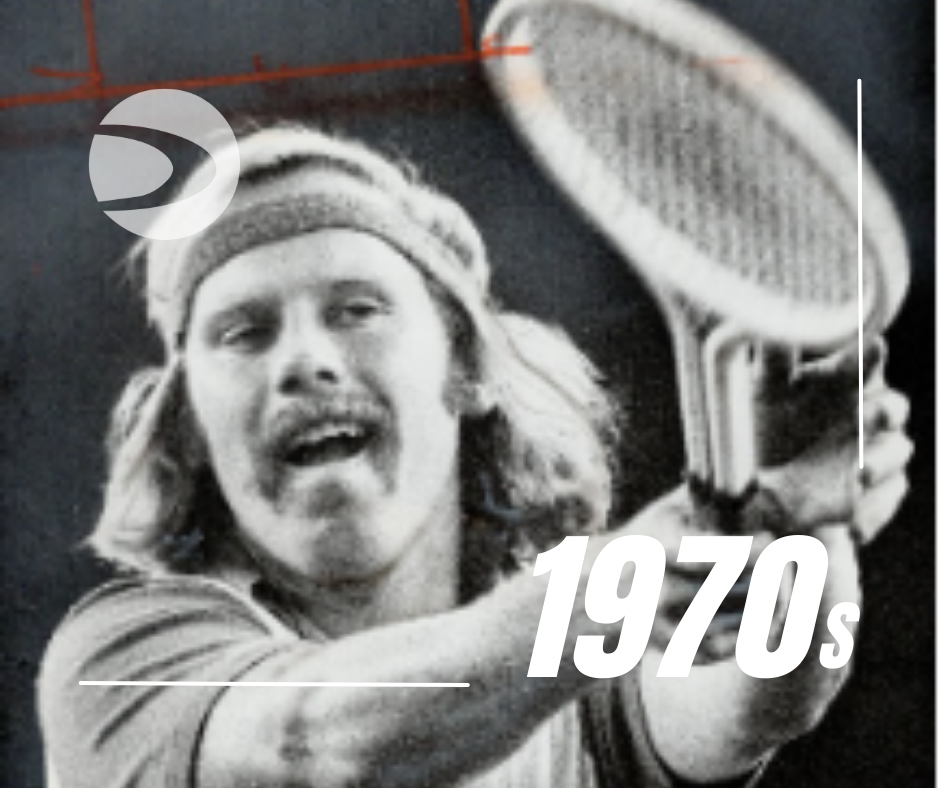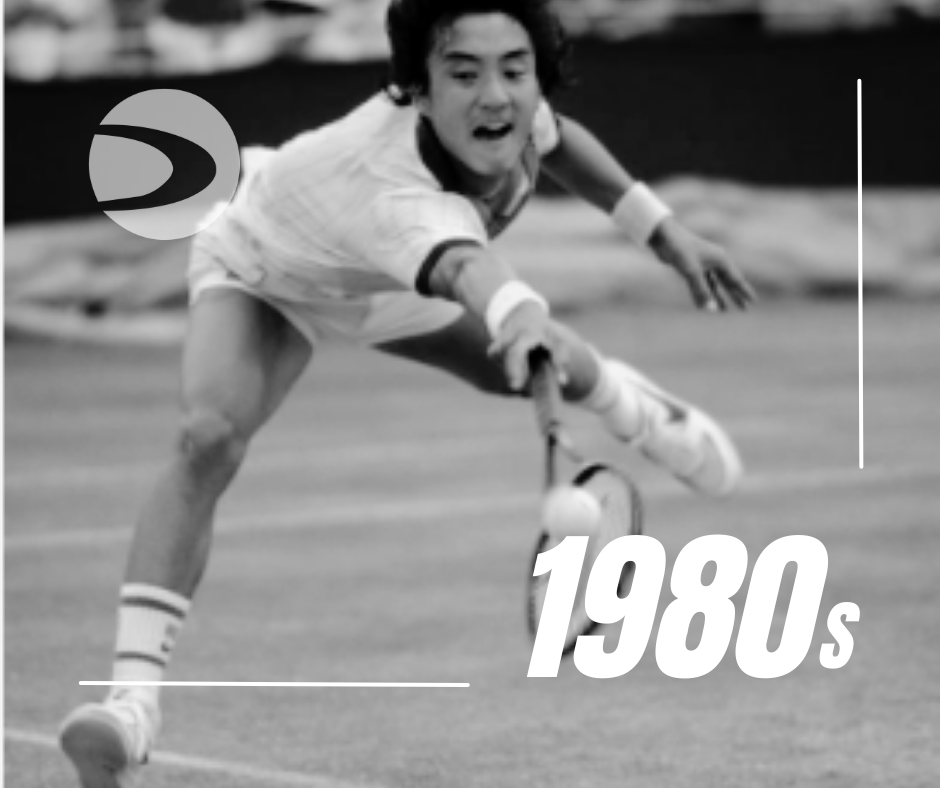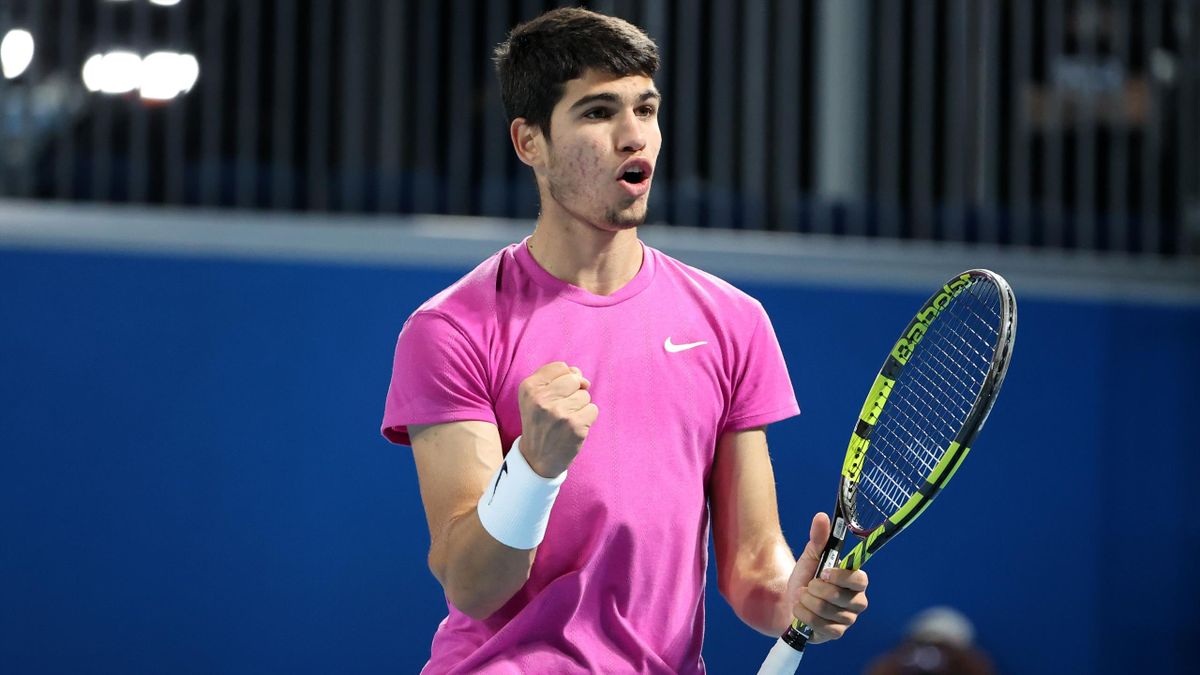
After the conclusion of the 2022 Australian Open, all the talk on the men’s side – and rightfully so – has been about Rafael Nadal and his 21st Grand Slam title. As much as Nadal has meant to the sport, it is no secret that the proverbial clock is ticking, and he is at the very tail end of his magnificent career. As one of the legends of tennis nears retirement, Spanish tennis has another young superstar waiting in the wings. I would never put the label of “heir apparent” to Nadal on anyone; Nadal’s achievements are unique and unmatched. But Carlos Alcaraz might be the next Spanish player to sit on the throne of men’s professional tennis.
Alcaraz is 18 years old, and ranked #29 in the world as of January 31st, 2022. If you haven’t seen him play, he is far from your typical Spanish clay court specialist. His is a complete attacking game, with the power to dial up a first serve in the 130mph range, control the rallies with his massive forehand, but also transition to the net and hit the occasional drop shot . The scary thing for the rest of the professional tennis world is that at 18 years of age, Alcaraz can only get better. And one area, where Alcaraz can elevate his game, is his 2nd serve placement.
Let’s use Alcaraz’ 3rd round match at the Australian Open against Matteo Berrettini as an example. A cursory look at the surface statistics doesn’t raise any red flags: Alcaraz won an exceptional 61% of his second serve points (anything over 50% is considered a good day in the office). Could this number have been even higher? This is the placement of all of Alcaraz’ 2nd serves from the match:

On both sides of the court, Berrettini could have eliminated a third of the service box when he was receiving Alcaraz’ second serve. Alcaraz hit 51 second serves in the match, and only two of them were directed at Berrettini’s forehand. On the one hand, the tactic was working – as demonstrated by the 61% second serve winning percentage. On the other hand, it will free Berrettini to do something like this (at the 1 minute 46 second mark):
Berrettini breaks Alcaraz in the first game of the second set by forcing an error behind an aggressive inside-in forehand. What allowed Berrettini to set his feet and really unload on that forehand was the depth and quality of his backhand return. If Berrettini knows that Alcaraz will not serve his forehand in that situation, he can either run around the second serve to start the rally with a forehand return, or – like he did here – step inside the court, wait for the serve with a backhand grip, pick a return target before Alcaraz even hits the serve, and get on offense right away.
Was this maybe just a tactic against Berrettini? Is Alcaraz more unpredictable with his second serve location in other matches? Here is the placement of his second serves from this 2nd round match against Dusan Lajovic:

Even in this match, Alcaraz served exclusively into the backhand and body of Lajovic. Alcaraz ended up winning this match rather easily in three sets, but even then the location of his second serves, from both sides of the court, was predictable.
How can a player get more comfortable with hitting a particular area of the service box with his second serve? The first step, as it usually does, happens in practice. You could play a practice set where you’re only allowed to hit second serves out wide in the deuce side, and down the T in the ad side. The second step would include hitting the second serve to that area in matches, in low leverage situations. For example, if you’re up 40-0 in a game, go for the second serve down the T. Even if you lose the point, you’re still heavily favored to win the game, serving at 40-15. Alcaraz won the first two sets against Lajovic 6-1 6-2. Firmly in control of the match, he still didn’t hit any second serves to the Lajovic forehand in the third set. Finally, the third step is hitting that serve in matches, in high leverage situations: tie-breaks, when facing break points etc.
For Carlos Alcaraz, the sky is the limit. He is one of my favorite players to watch and will be the face of men’s professional tennis for years to come. He already plays with an aggressive mentality from the baseline; harnessing that same mindset with his second serve locations should not be too difficult of a task.
Visit Michal’s Musings, for more from Michal Kokta

